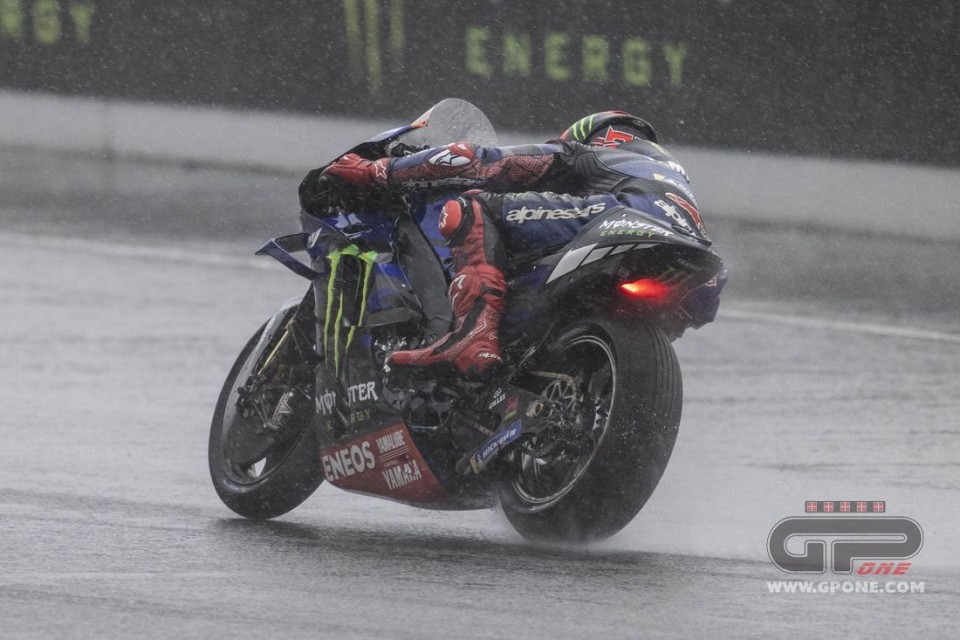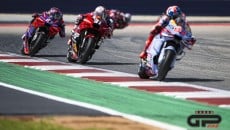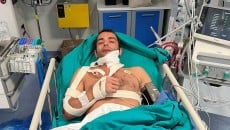Thanks to the long moments of pause (and boredom) during the Sepang shakedown during which we were not allowed to go down to the pitlane (as if the photos wouldn't come out anyway), and thanks to the observational spirit of our colleague Peter McLaren we stumbled upon an addendum to the 2024 FIM regulations, relating to the introduction of a 'Crash Detection System' in MotoGP.
In fact, the mandatory use of a new "unified light for MotoGP" is envisaged in 2024.
This light is not only useful in case of rain or poor visibility, but also works in combination with the "Organiser's crash detection/alarm system".
"All motorcycles must have the unified MotoGP light mounted at the rear of the machine to be either operated remotely by Race Direction in rain or low visibility conditions, or remotely automatically switched on/off by the Organiser's crash detection/alarm system", we can read in the new part of the regulation, which continues: "The unified MotoGP light shall be wired as per the Organiser's instructions, so to be also manually switched on/off by a manual override button that will override remote/automatic operation by Race Direction. Such manual override button shall be placed within the rider's reach while riding."
Another button? But poor riders, why not let them race? Where will they put it?
Last year, as we know now, operational tests were carried out to ensure that the system was fully operational. A bit like when it comes to tyre pressure.
The problem, in fact, is to actually detect a ‘downed motorbike' without false positives transmitted to the Race Direction.
In fact, the objective is to trigger the device only after a crash, and not in the case of off-track excursions, for example, also because obviously the marshals will remain absolutely operational, even if (it seems) that the electronic system is faster than human detection.
In a future phase, as well as to the Race Direction, it seems that the system will also send an alarm to the dashboard of all the motorbikes competing in the immediate vicinity, as well as triggering the flashing yellow lights of the track.
It is not clear, even if the organizers think differently, how the system can be useful taking into account that all the very bad accidents that end in a collision between riders occur when they are just a breath away from each other. The latest recent example is the one that occurred, fortunately without consequences, between Pecco Bagnaia and Brad Binder at Barcelona.
One final observation: in the case of a false positive, with the activation of the flashing yellow lights, during a qualifying session, for example, or in the case of an overtaking move, what would happen?
Of course, technology is advancing by leaps and bounds, but the evolution of man is slower and if it continues like this the rider will have to be able to operate buttons and levers even with his toes... will five finger boots be introduced?










